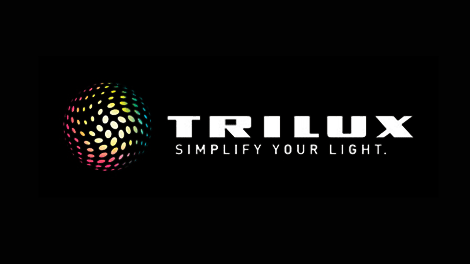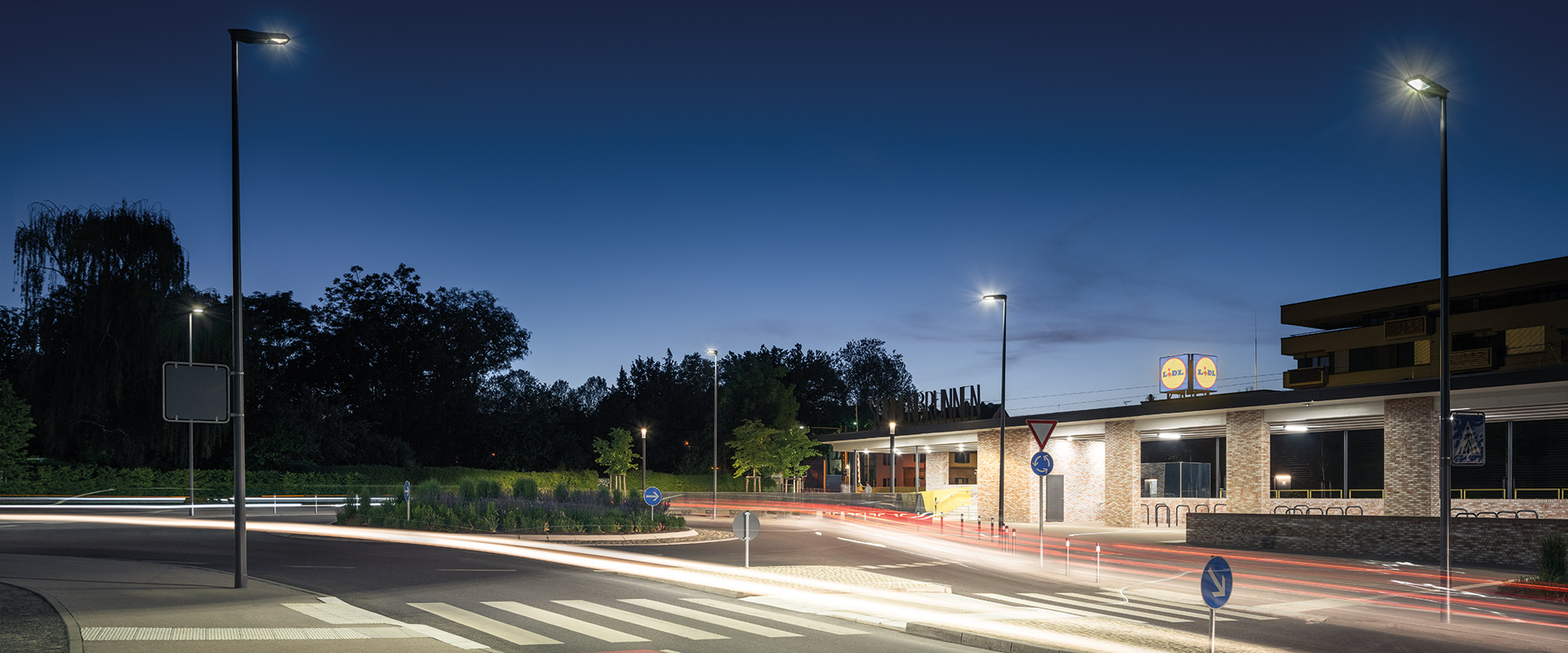TRILUX – Dark sky and light pollution
Lighting Designers have a special responsibility
Flora and fauna face challenges from artificial light during the night, and stars are no longer visible in various regions of the night sky. Emlyn Etienne Goronczy, a lighting designer at Studio DL, a successful European planning office with branches in Hanover, Stuttgart, Amsterdam and Warsaw, specializes in preventing light pollution. He shared his expertise with us during a presentation at the TRILUX Academy, among other occasions. For those who missed the event, we asked for further insights.
WHY IS IT IMPORTANT TO CONSIDER LIGHT POLLUTION IN LIGHTING DESIGN?
Light pollution is an important social issue today. For example, it can affect human health, by disrupting the natural biorhythm. However, people can determine the light dose themselves and thus protect themselves to a certain extent from too much light. In addition, evening activities such as watching TV or playing sports influence people’s biorhythms more than outdoor lighting.
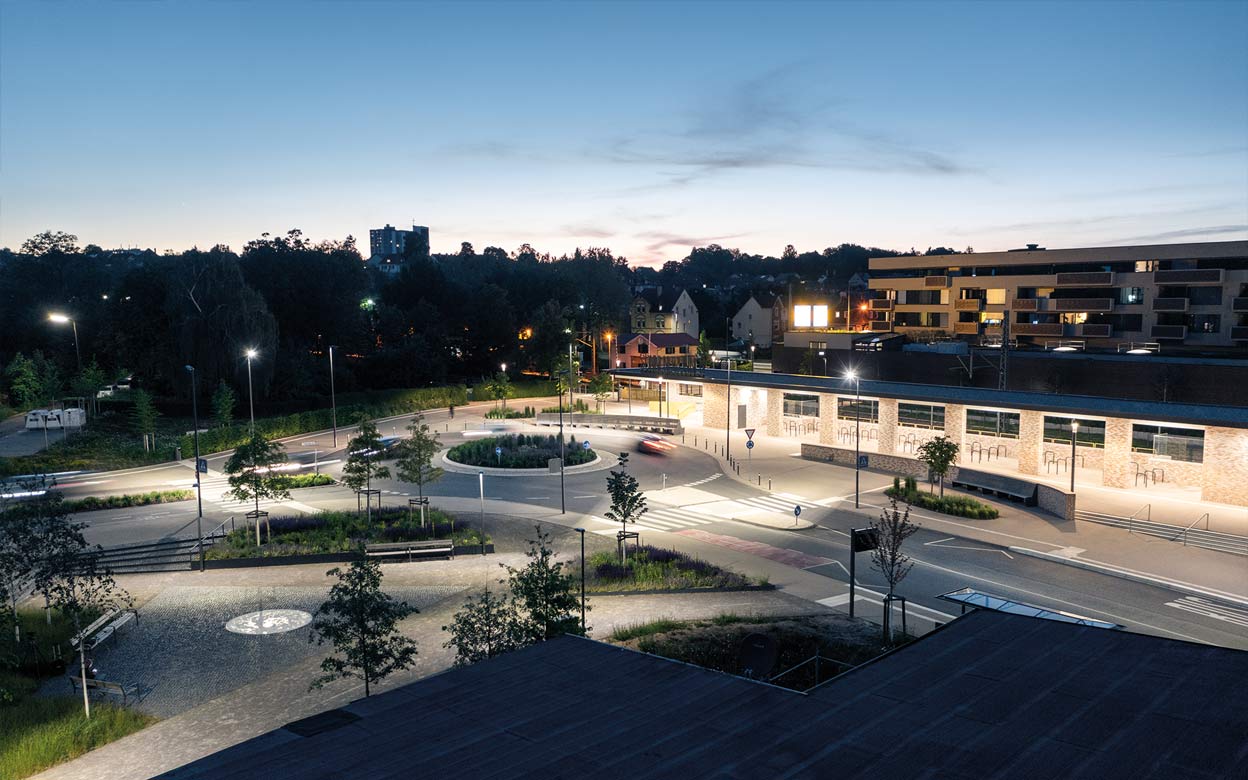
In contrast to us, animals find it difficult to escape the light at night. Many species depend on natural darkness, whether for orientation (in the starry sky), foraging or reproduction. Artificial light can disrupt these activities and ultimately lead to a decline in the respective populations. This makes the impact of poorly planned lighting at night even more dramatic. Accordingly, outdoor lighting designers have a special responsibility.
SO, THE DRIVERS ARE MAINLY ECOLOGICAL?
No, not at all. There are also strong economic incentives. Around 120 terawatt hours are consumed annually in the USA for outdoor lighting. About half of this could be saved with better light planning and control. This corresponds to potential savings of approximately 21 million tons of CO2 or 3.3 billion dollars per year, which could be invested elsewhere. This is similar in German cities and municipalities but of course on a different scale.
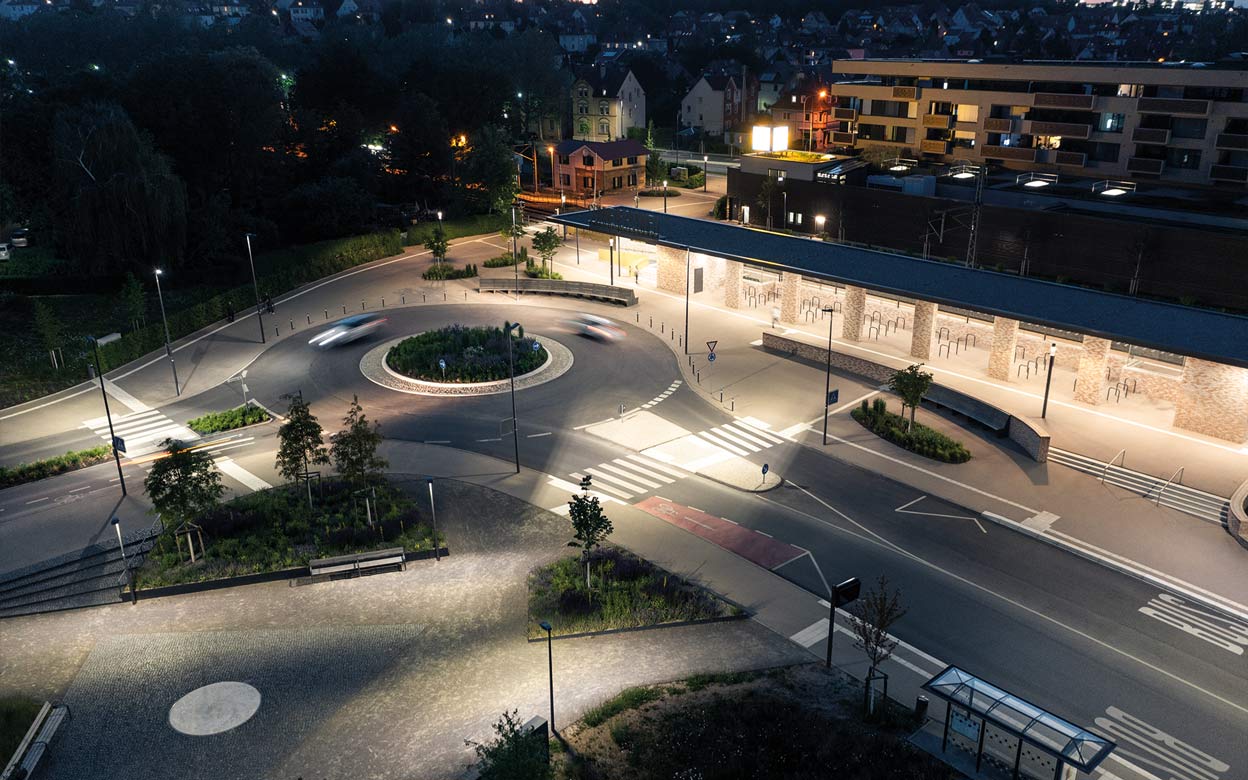
ARE THERE ANY TYPES OF LUMINAIRES THAT YOU RECOMMEND FOR PROTECTING THE NIGHT SKY?
This cannot be answered in general terms but only on a project-specific basis. A country road without façades on the sides lacks vertical absorption surfaces. In this case, the right solution may be a Full Cut Off luminaire (ULOR 0 luminaires) that provides precisely directed light exclusively onto the roadway. This would again be the wrong approach for an urban environment where vertical illuminance levels are also required for facial recognition (for a sense of safety, quality of stay, etc.).
Basically, I think it is important to keep illuminance levels as low as possible and to have controllable and dimmable luminaires. In this sense, lighting management is a key component in achieving Dark Sky goals.
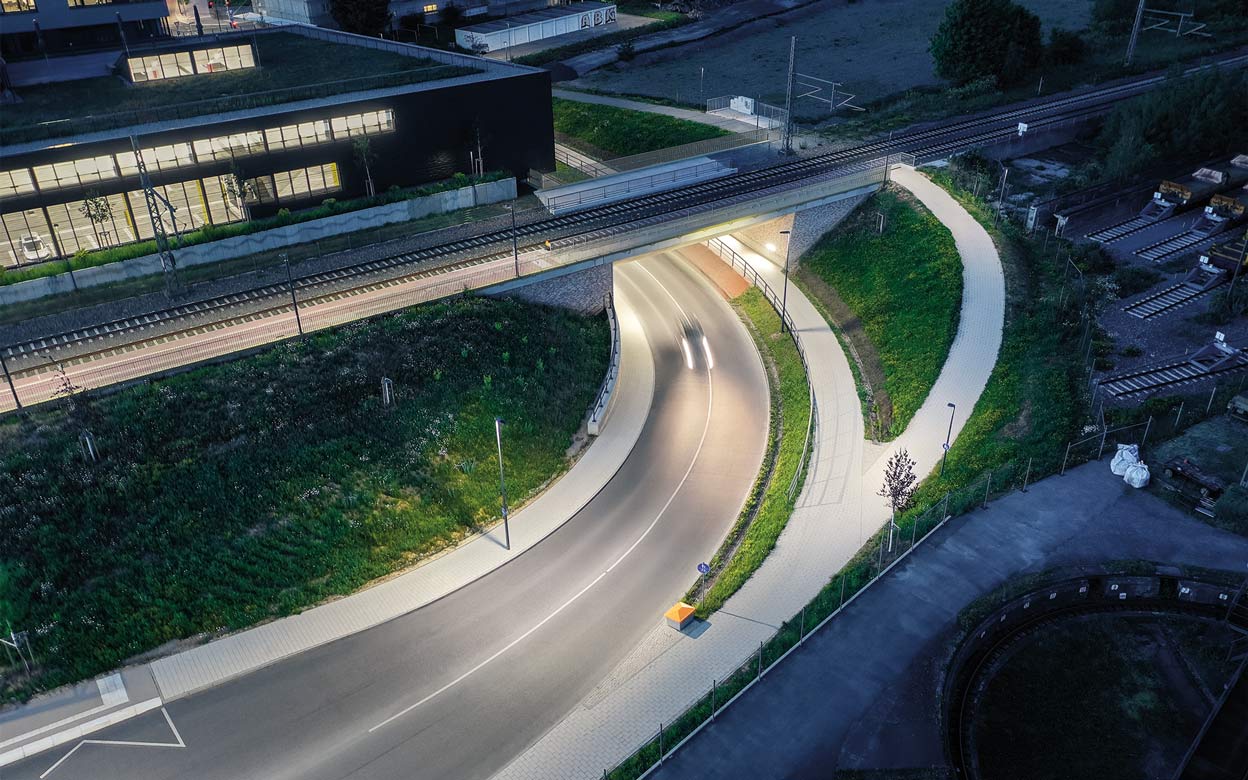
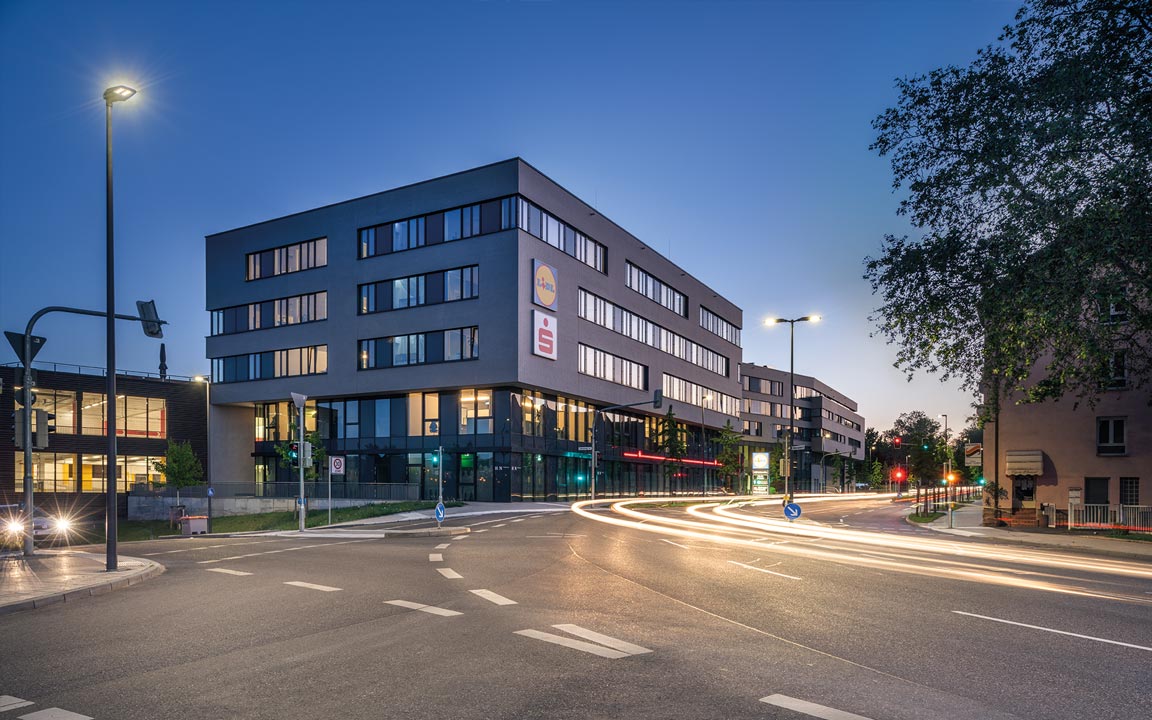
IN YOUR OPINION, WHAT IS THE IDEAL BALANCE BETWEEN SAFETY THROUGH LIGHTING AND PROTECTING THE NIGHT SKY?
Here, too, there is no universal blueprint. Good lighting is always planned on a site-specific and interdisciplinary basis. The area-specific project requirements are defined at the beginning. These include the needs of society, such as the feeling of safety and the quality of stay, as well as the needs of the ecosystem. This is followed by an interdisciplinary analysis of the site by architects, urban planners, biologists and lighting designers. They weigh up the various needs and balance them on a project-specific basis. The result is, therefore, always a compromise.
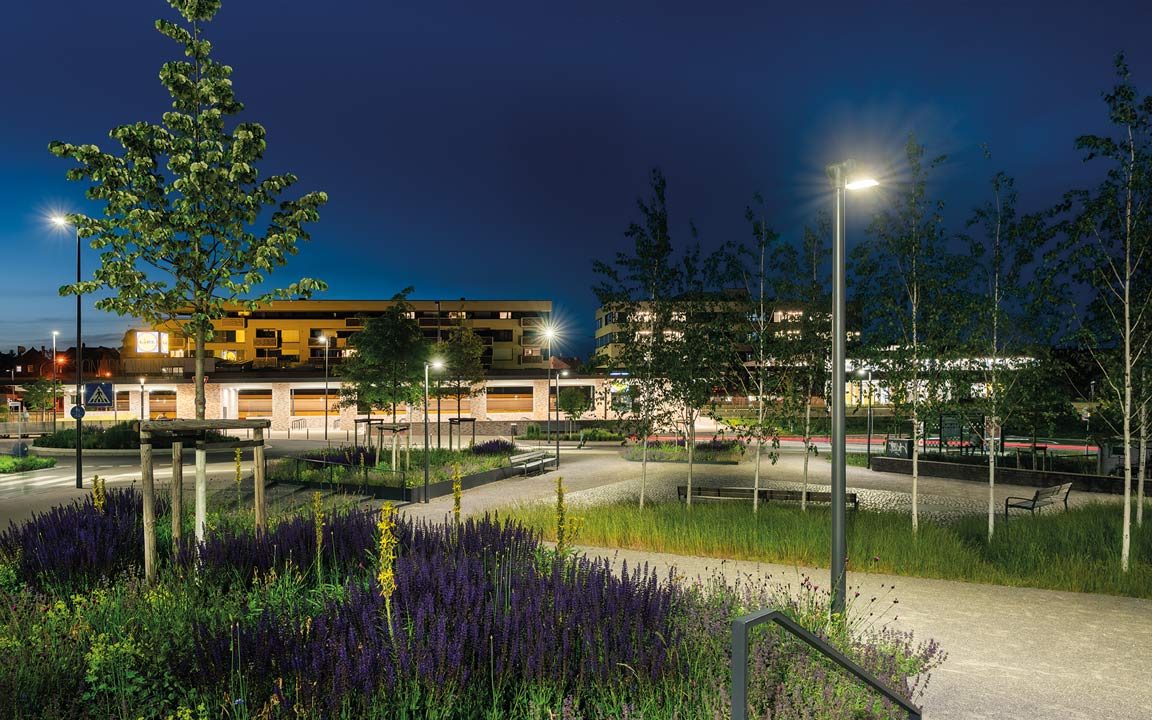
THE REFURBISHMENT OF MUNICIPAL OUTDOOR LIGHTING IS URGENT. WHAT SHOULD CITIES AND MUNICIPALITIES LOOK OUT FOR?
The most important thing is not to panic or take action. Those responsible for the project should seek professional advice as a first step. A planning team consisting of a lighting designer, a biologist and a luminaire manufacturer is recommended. Together they can select or develop product solutions that meet the requirements of the project. Blanket solutions or recommendations should be viewed with caution and may do more harm than good.
Thank you very much for the interview!
TRILUX PRACTICAL EXAMPLE
SONNENBRUNNEN URBAN QUARTER WITH A DARK SKY
The city of Heilbronn was looking for a customized outdoor lighting solution for the Sonnenbrunnen district in order to reduce energy costs and, at the same time, increase the quality of light and thus, the quality of stay. The lighting requirements were extremely varied – tailor-made light was required for streets and crosswalks as well as for squares, footpaths and a park. An important contribution to a clear view of the stars: only luminaires that emit no or only a very low luminous flux upwards are used, e.g. our Lumega IQ 70 and Viatana mounted luminaires.
For optimum visual conditions, the lighting technology of each light point has been perfectly adapted to the individual area of application.
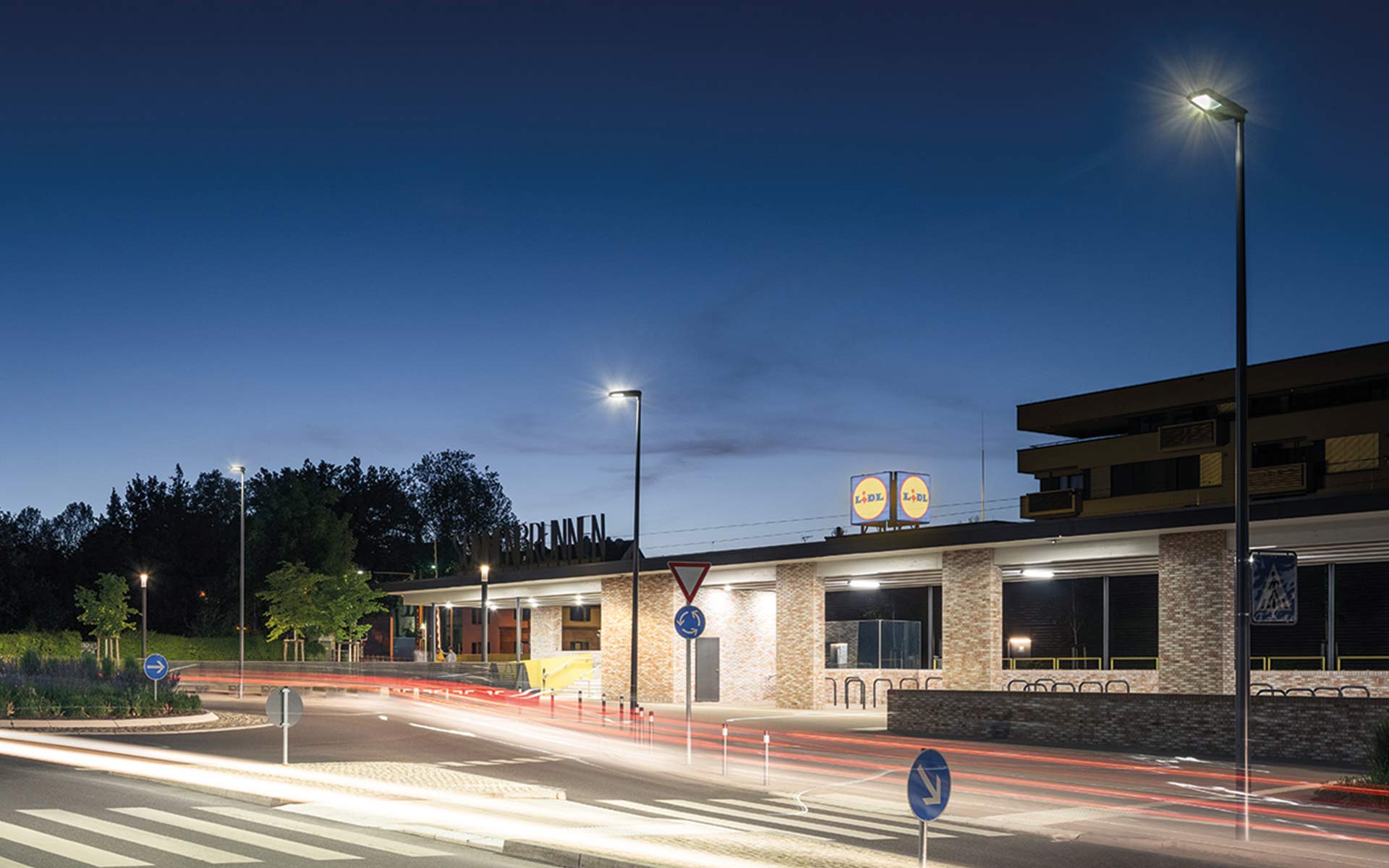
SourceTRILUX
EMR Analysis
More information on TRILUX: See the full profile on EMR Executive Services
More information on Michael Huber (General Representative and Chairman of the Supervisory Board, TRILUX): See the full profile on EMR Executive Services
More information on Hubertus Volmert (Chairman of the Executive Board and Chief Executive Officer, TRILUX): See the full profile on EMR Executive Services
More information on Johannes Huxol (Chief Financial Officer, TRILUX): See the full profile on EMR Executive Services
More information on Joachim Geiger (Chief Sales Officer & Chief Marketing Officer, TRILUX): See the full profile on EMR Executive Services
More information on the TRILUX Akademie: https://www.trilux-akademie.com + At a total of twelve TRILUX academies in ten countries, we impart cutting-edge lighting technology expertise, starting with the basics of lighting technology and electrical engineering, through new technologies to country-specific features, such as normative lighting planning or funding programs.
Our portfolio is aimed in particular at lighting planners, electrical planners, architects, installers and anyone who deals professionally with light. It covers a wide range of basics for career starters through to highly specific knowledge for seasoned experts.
At our academy locations we offer practical and personal knowledge transfer on site. In addition to a wide range of online offers in the form of webinars, registered users also have the option of accessing lighting technology know-how in the form of e-learning courses and webcasts via our lighting knowledge portal and staying informed at all times.
More information on Christof Volmer (Head of TRILUX Academy, TRILUX): See the full profile on EMR Executive Services
More information on Lumega IQ 70 by TRILUX: https://www.trilux.com/products/de/Aussenbeleuchtung/Mastleuchten/Lumega-IQ/Lumega-IQ-70/ + Beautiful and smart cities have a clever ally: the Lumega IQ LED. Whether on the main street, parking lot or residential area – the highly flexible luminaire family brings excellent light to every area of application. Their consistently minimalist, modern design blends harmoniously into any environment and state-of-the-art technologies guarantee maximum efficiency and sustainability. Network-capable with IoT interfaces, the Lumega IQ LED is also ideally equipped for the future.
More information on Studio DL: https://studiodl.com/en/ + An office for lighting design with over 20 years of experience.
We believe that good, responsible design can only be achieved with contributions from various disciplines. This allows us to quickly create a wide range of solutions from many angles.
Our teams design and implement projects from the first sketch to completion. You will work closely with the customer throughout the process to develop holistic visions.
More information on Dipl.-Ing. Norbert Wasserfurth-Grzybowski (Office Founder and Owner, Studio DL): https://studiodl.com/en/studio-dl/
More information on Emlyn Etienne Goronczy (Lighting Designer, Studio DL): https://studiodl.com/en/studio-dl/ + https://www.linkedin.com/in/emlyn-etienne-goronczy-8b866317b/?locale=en_US
EMR Additional Notes:
- Carbon Dioxide (CO2):
- Primary greenhouse gas emitted through human activities. Carbon dioxide enters the atmosphere through burning fossil fuels (coal, natural gas, and oil), solid waste, trees and other biological materials, and also as a result of certain chemical reactions (e.g., manufacture of cement). Carbon dioxide is removed from the atmosphere (or “sequestered”) when it is absorbed by plants as part of the biological carbon cycle.
- Biogenic Carbon Dioxide (CO2):
- Carbon Dioxide released as a result of the combustion or decomposition of organic material, that is biomass and its derivatives. Examples include carbon dioxide released during the combustion of wood and biogas generated by decomposition.
- Biogenic Carbon Dioxide (CO2) and Carbon Dioxide (CO2) are the same. Scientists differentiate between biogenic carbon (that which is absorbed, stored and emitted by organic matter like soil, trees, plants and grasses) and non-biogenic carbon (that found in all other sources, most notably in fossil fuels like oil, coal and gas).
- Carbon Capture and Storage (CCS):
- CCS involves the capture of carbon dioxide (CO2) emissions from industrial processes, such as steel and cement production, or from the burning of fossil fuels in power generation. This carbon is then transported from where it was produced, via ship or in a pipeline, and stored deep underground in geological formations.
- CCS projects typically target 90 percent efficiency, meaning that 90 percent of the carbon dioxide from the power plant will be captured and stored.
- Decarbonization:
- Reduction of carbon dioxide emissions through the use of low carbon power sources, achieving a lower output of greenhouse gasses into the atmosphere.
- Carbon Footprint:
- There is no universally agreed definition of what a carbon footprint is. A carbon footprint is generally understood to be the total amount of greenhouse gas (GHG) emissions that are directly or indirectly caused by an individual, organization, product, or service. These emissions are typically measured in tonnes of carbon dioxide equivalent (CO2e).
- In 2009, the Greenhouse Gas Protocol (GHG Protocol) published a standard for calculating and reporting corporate carbon footprints. This standard is widely accepted by businesses and other organizations around the world. The GHG Protocol defines a carbon footprint as “the total set of greenhouse gas emissions caused by an organization, directly and indirectly, through its own operations and the value chain.”
- Illuminance & Luminance:
- Illuminance (E) is the amount of light falling on, or illuminating, a given surface. It can also be defined as the number of lumens falling on 1m2. The unit of measurement to quantify this amount of light on certain surfaces and objects is the Lux.
- Illuminance cannot be perceived by the human eye. The luminance can be perceived by the human eye. Illuminance is the measure of incident light that falls upon a horizontal or vertical surface. Luminance is the amount of light reflected by the surface, ultimately making the surface visible to the human eye.
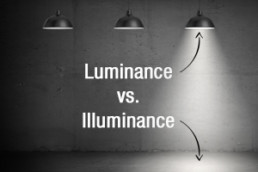

- Blueprint:
- A blueprint is a guide for making something — it’s a design or pattern that can be followed. Want to build the best tree house ever? Draw up a blueprint and follow the design carefully. The literal meaning of a blueprint is a paper — which is blue — with plans for a building printed on it.
- After the paper was washed and dried to keep those lines from exposing, the result was a negative image of white (or whatever color the blueprint paper originally was) against a dark blue background. The resulting image was therefore appropriately named “blueprint.”.
- By definition, a blueprint is a drawing up of a plan or model. The blueprint perspective allows you to see all the pieces needed to assemble your business before you begin.

